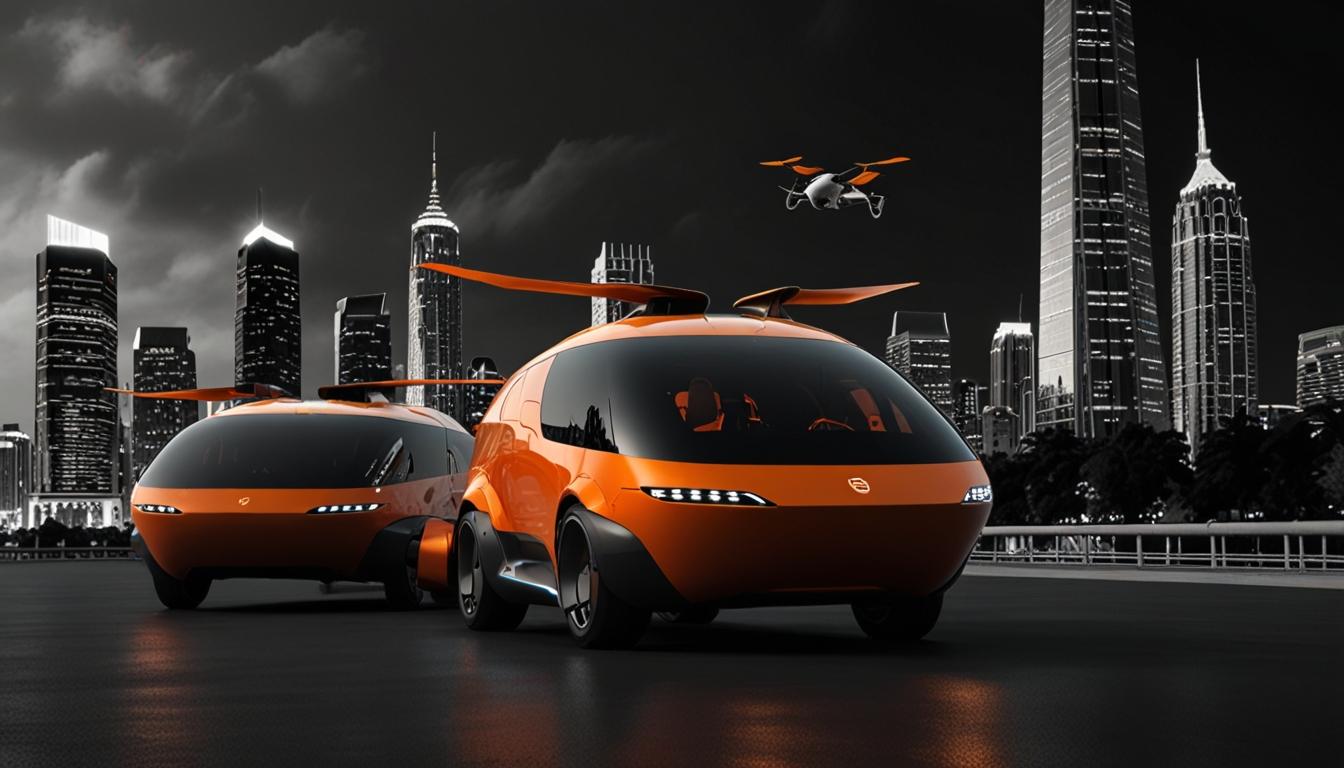Fahad Masood from MCBS highlights legal complexities and infrastructure demands hindering the realisation of Urban Air Mobility. Significant challenges in legal frameworks, infrastructure planning, and public acceptance must be addressed for a sustainable UAM future.
Urban Air Mobility Faces Legal and Infrastructure Challenges
Urban Air Mobility (UAM) envisions a world where electric vertical take-off and landing (eVTOL) vehicles alleviate urban congestion by providing on-demand, point-to-point travel. However, Fahad Masood, Faculty for Aviation Policy and Law at the Modern College of Business and Science (MCBS), highlights significant legal and infrastructure challenges that need addressing before this transformational vision can become a reality.
Legal Framework
-
Airspace Rights and Zoning Laws: Operating eVTOLs at lower altitudes introduces complexities regarding airspace ownership. Existing zoning laws may not accommodate flying vehicles, prompting collaboration between aviation authorities, local governments, and UAM developers to define airspace utilization and establish clear zoning regulations.
-
Safety and Compliance Regulations: Robust certification standards, pilot qualifications, and specialized air traffic management systems tailored to UAM are required for ensuring safe operations. International collaboration could craft harmonized regulations to facilitate global integration of UAM.
-
Insurance and Liability: Current aviation insurance models might not cover the risks linked to UAM. New frameworks involving insurers, manufacturers, and regulatory bodies are essential to address potential liabilities from eVTOL accidents.
Infrastructure Needs
-
Design and Location of Vertiports: Vertiports demand meticulous planning for noise reduction, safety protocols, and efficient passenger flow. Strategic placement near existing transportation hubs, like metro stations, will aid their integration into urban systems.
-
Integration with Existing Transportation: UAM should complement rather than replace existing transportation networks. Seamless connectivity between eVTOLs and other modes of transport like buses and trains is crucial for user convenience.
-
Technological Infrastructure: Advanced Urban Air Traffic Management (UATM) systems are imperative for real-time traffic monitoring and ensuring safe navigation of numerous eVTOLs. Further, sense-and-avoid and automation technologies are necessary for future autonomous operations.
Human and Environmental Factors
-
Public Trust: Gaining public acceptance involves transparent safety procedures and educational campaigns on the environmental benefits of eVTOLs. Engaging the public through forums can address concerns and promote ownership.
-
Sustainability: UAM must embody sustainability by utilizing electric and hydrogen-powered eVTOLs and conducting environmental impact assessments to minimize disruption. Sustainable urban planning for vertiports should include noise and energy efficiency considerations.
Collaboration and Future Steps
Overcoming the challenges of UAM requires collaborative efforts among governments, aviation authorities, UAM developers, and the public. Harmonized regulations, public-private partnerships, community engagement, and a focus on sustainability are pivotal for a seamless and sustainable UAM future. Investing in research and development will further advance eVTOL technology and safety.
Urban Air Mobility has the potential to transform urban transportation, offering solutions to traffic congestion while promoting sustainability in city planning.
